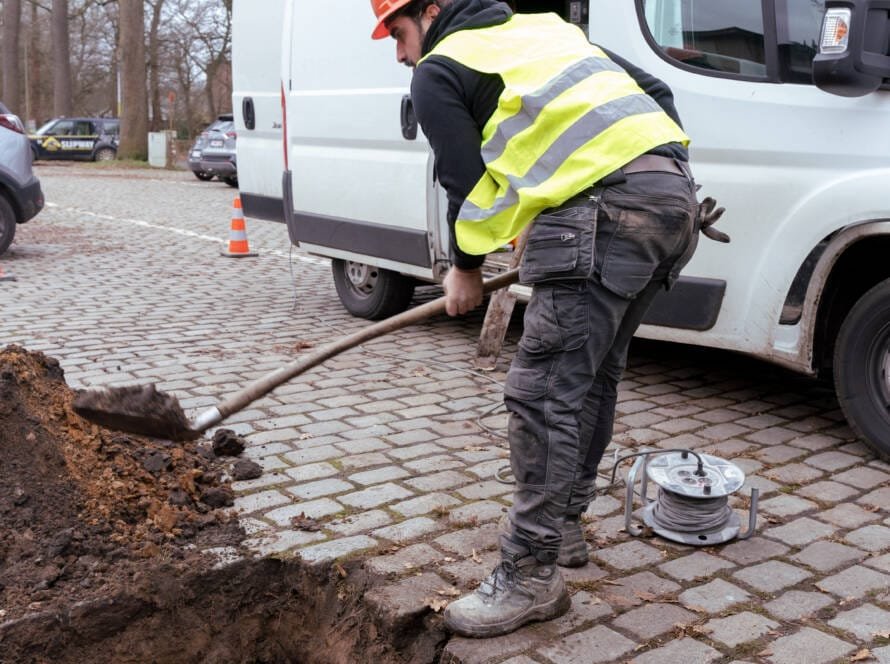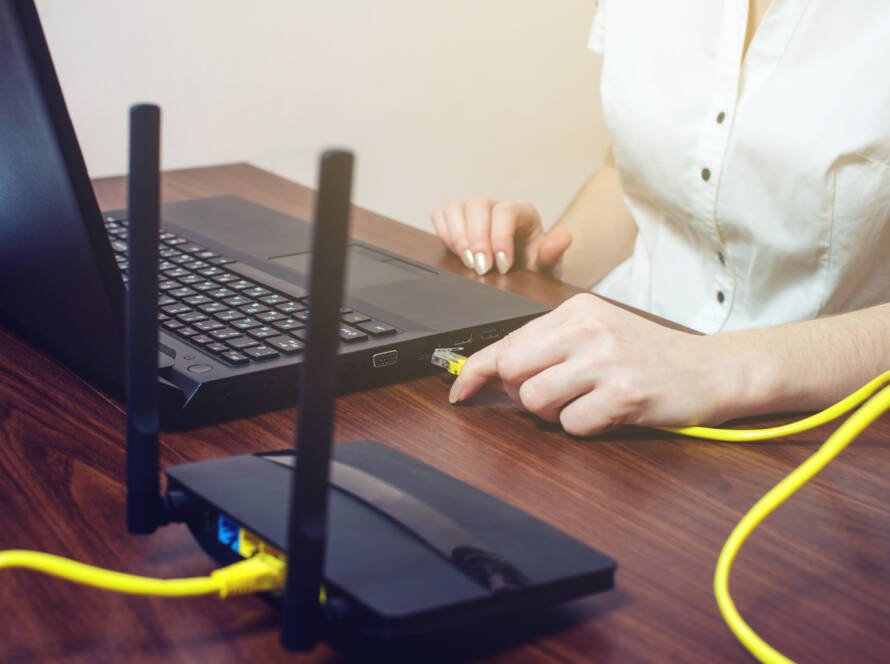Fiber optics is the future of fast and reliable Internet connections, but there are still many misconceptions about this technology. Some companies and individuals doubt whether it is worth the investment, while others think it is only suitable for large enterprises. In this blog, we debunk five common myths about fiber optics.
Is fiber optics really that expensive?
A common comment is that fiber is an expensive technology, especially compared to traditional cable or DSL connections. But is it really?
Fact: The cost of fiber optics has fallen sharply in recent years. Growing demand and improved construction techniques have made one-time installation costs and monthly subscriptions increasingly affordable.
Advantage: Fiberglass has a longer lifespan and requires less maintenance than copper connections. This means the long-term Total Cost of Ownership (TCO) is often lower than traditional networks.
For businesses: Fast and stable connectivity increases productivity, so the investment in fiber often pays for itself.
Does fiber only work for large companies?
Many people think fiber optics is only for large enterprises with high data consumption. But that's a misconception.
Fact: Fiber is equally available to small businesses, home users and even individual freelancers.
Why?
- Fiber optics can be easily scaled up, allowing both individuals and small businesses to benefit from a stable and fast connection.
- With the growing number of cloud applications, video conferencing and IoT devices, small businesses also benefit from fiber.
For home use: Streaming in 4K, online gaming and smart home applications work much better with a fiber connection than with traditional DSL or cable Internet.
What about longevity and maintenance?
Some people think fiber optic cables are fragile and need to be replaced regularly. But is that really true?
Fact: Fiber optic cables have a very long life and are less prone to wear and tear than copper cables.
Why is fiberglass so sustainable?
- Fiber optics uses light signals instead of electrical signals, so there is no oxidation or signal loss due to aging.
- The cables are resistant to weather conditions and electromagnetic interference, which increases stability.
Maintenance: Once installed, a fiber network requires virtually no maintenance. Power outages and other failures have much less impact on fiber than on traditional copper connections.
Is installation always invasive?
Many people fear that fiber optic installation takes a long time and involves a lot of breaking in the home or office.
Fact: In most cases, fiber optic installation can be accomplished quickly and without major interventions.
How does a standard installation work?
- The fiber optic cable is brought in through existing conduits or a small trench.
- A technician connects the cable to a fiber optic modem and tests the connection.
- The entire process can usually be completed within a day, without major construction work.
For businesses: In many commercial buildings, empty cable ducts are already in place, making installation go smoothly.
Does fiber optics work in rural areas?
There is a persistent misconception that fiber is only available in cities and not in rural areas.
Fact: Although the rollout may take longer in rural areas, fiber is increasingly being installed outside cities.
Why does it take longer?
- In rural areas, longer distances must be covered, which increases construction costs.
- There are fewer households per square kilometer, making traditional providers less likely to invest.
Good news:
- Governments and local initiatives are increasingly investing in fiber optics for rural areas.
- New techniques such as microtrenching and air fiber systems are accelerating the rollout.
- Fiberglass is ideal for agricultural businesses and home workers who depend on stable Internet.
Conclusion
Fiber optic is not just for large businesses and not always expensive or difficult to install. In fact, its longevity and minimal maintenance costs make it a smart investment in the long run. What's more, fiber is expanding into rural areas, giving more and more people access to this reliable technology.
Want to learn more about fiber optics or request an installation? Contact us and find out what A-NET can do for you.



